How to rejoin the fitness game
New research shows that half of women have not worked out in a year. Starting may be daunting, but here’s how to begin moving again.

When was the last time you worked out? In a survey of 8000 adults in Britain questioned for the Healthier Nation Index by Nuffield Health, 47 per cent of women (as opposed to 34 per cent of men) claimed not to have done any vigorous weekly exercise in the past year.
According to the results, only 15 per cent of adults met the recommended government target of 75 minutes of vigorous exercise – the kind that leaves you puffing and unable to hold a conversation – a week.
Personal trainer Harry Jameson said they were “shocking statistics” that suggested many had lost their way on the path to improved fitness.
Certainly the pandemic didn’t help, with gym closures and other restrictions making it more difficult to stay active.

But with one in seven respondents saying they had stopped exercising completely, and with a lack of motivation and work commitments cited as enduring barriers to getting started, is it too late to undo the damage?
“The problem we face now is that people who haven’t been active for a long time feel intimidated about starting again,” Mr Jameson said.
“If they have gained weight or taken several steps backwards in terms of fitness, it will require overcoming mental hurdles to get going.”
Group sessions, motivational apps and fitness programs can prove invaluable in terms of confidence building.
“If you can exercise with others facing the same challenges it will make a big difference,” Mr Jameson said.
“The key is not to set expectations too high too early.”
Walking is one way to get started.
“It is hugely underrated as an activity,” said Dalton Wong, founder of TwentyTwo Training. “But if you do little else it will build up strength and cardiovascular fitness as well as aid fat loss, so that you are better prepared for tackling a new form of exercise.”
He recommends walking daily, totting up 60-90 minutes as often as you can.
After that, get going on an activity that suits.

Running
The big mistake is believing you need to begin by running as far as you can in one go. The “run-walk” method adopted by most couch to 5km programs is the best way to get started, but this doesn’t mean running until you are exhausted and then stopping for a break. “Downloading a couch to 5km app is a great place to start and will probably see you progress from a few minutes of running for 20-30 seconds and walking for one to two minutes up to continual steady running within eight to 10 weeks,” Mr Jameson said.
There is no reason why you cannot continue with walk breaks as you get fitter.
A study of beginner runners who agreed to train for a first marathon showed that those who took planned walking breaks throughout the race finished in similar times to those who ran the entire distance, with the run-walk group also reporting less fatigue and muscle pain when they finished.
Mr Jameson said that varying the surfaces on which you ran, as well as the intensity – with short bursts of fast running or hills added – made things more challenging.
Don’t hammer out ultra distances on hard surfaces if you have joint problems, particularly as you age.
Think about a goal of running a 5km park run in a faster age grade time rather than aiming for marathons.
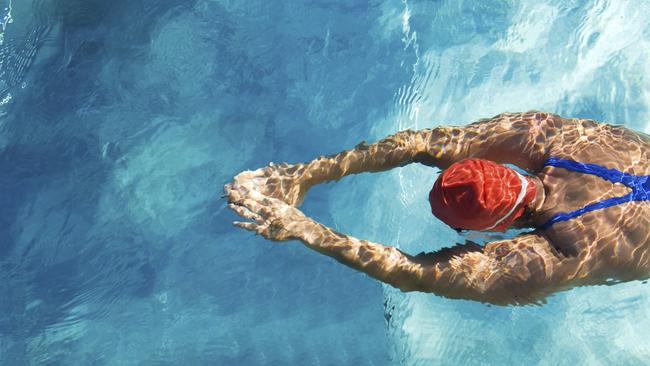
Swimming
Low on joint impact and big on cardiovascular gains, swimming is ideal if you have back or joint problems, or if you have a lot of weight to lose.
“The main reason most people struggle to swim continuous lengths is down to poor technique, so book yourself in for an adult stroke improver class to get this ironed out,” Mr Jameson said.
“Then gradually build up the number of lengths you can swim.”
Cycling
Phil Burt, former physiotherapist for British Cycling, said indoor cycling or a spin-style class could be a great confidence builder.
“A surprisingly large number of quite serious cyclists started on an indoor bike,” he said.
“It helps that smart trainers and interactive platforms such as Zwift make it more enjoyable and accessible to everyone.”

Former Commonwealth and Olympic cycling champion Nicole Cooke, author of Cycle for Life, recommends starting with three short rides of 30-45 minutes a week, gradually building up duration and adding an extra day of cycling from week four.
Once you can manage several weeks of a four-hour weekly cycling total, experiment with intensity and speed.
“You will still need a couple of rest days each week, but factor in a harder pace,” she said.
Yoga/pilates
Yoga and pilates “are a good entry point if you haven’t been doing much at all,” Mr Wong said.
They are also technically harder than they look, meaning the potential for injury is high.
“I would say going to a class with a qualified instructor is essential if you are taking up either of these,” Mr Wong says.
With basic moves mastered, try downloading a beginners’ app such as Glo Yoga or Yoga with Adriene.
For pilates try the NHS beginner pilates video or pilates with Jo.
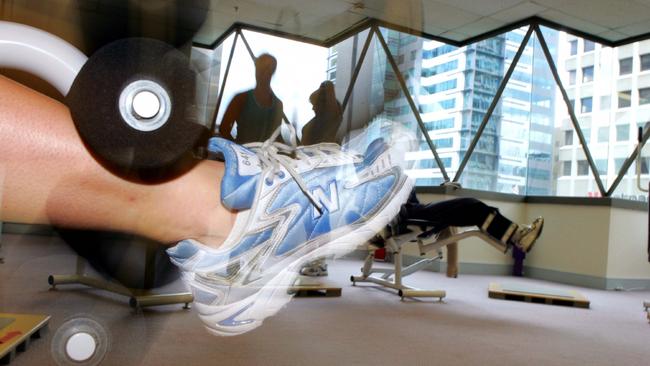
Resistance training
Strength training is important at any age, but particularly past the age of 40, when our muscle mass naturally starts to decline.
“Bodyweight exercises should always be the first step,” Mr Wong said.
That means squats, press-ups, step-ups, planks and lunges performed with good technique aiming to work up to 10-15 minutes of the exercises every other day.
But he also includes stair climbing as resistance training for beginners.
“It’s great for working the leg and glute muscles,” he said.
Once you have mastered shifting your own bodyweight, you can progress to doing the same exercises and adding a few more with resistance bands or 1-2kg dumbbells.
Classes on the likes of Apple Fitness and Peloton have “a huge range of instructors and levels,” he says.
The Times

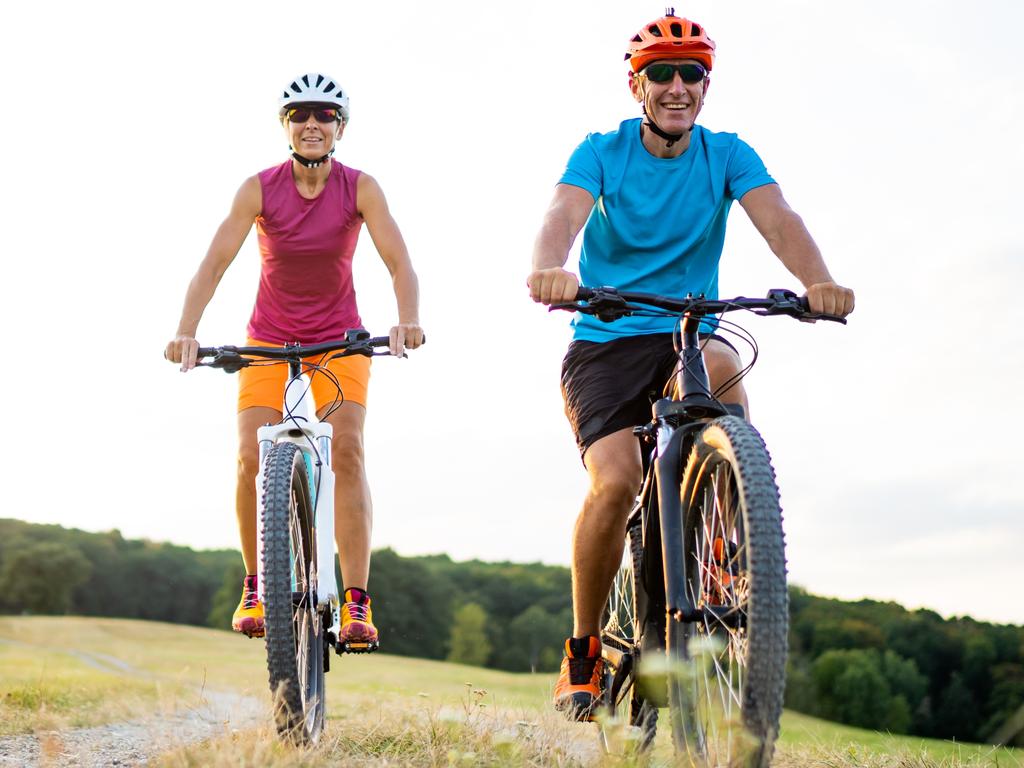

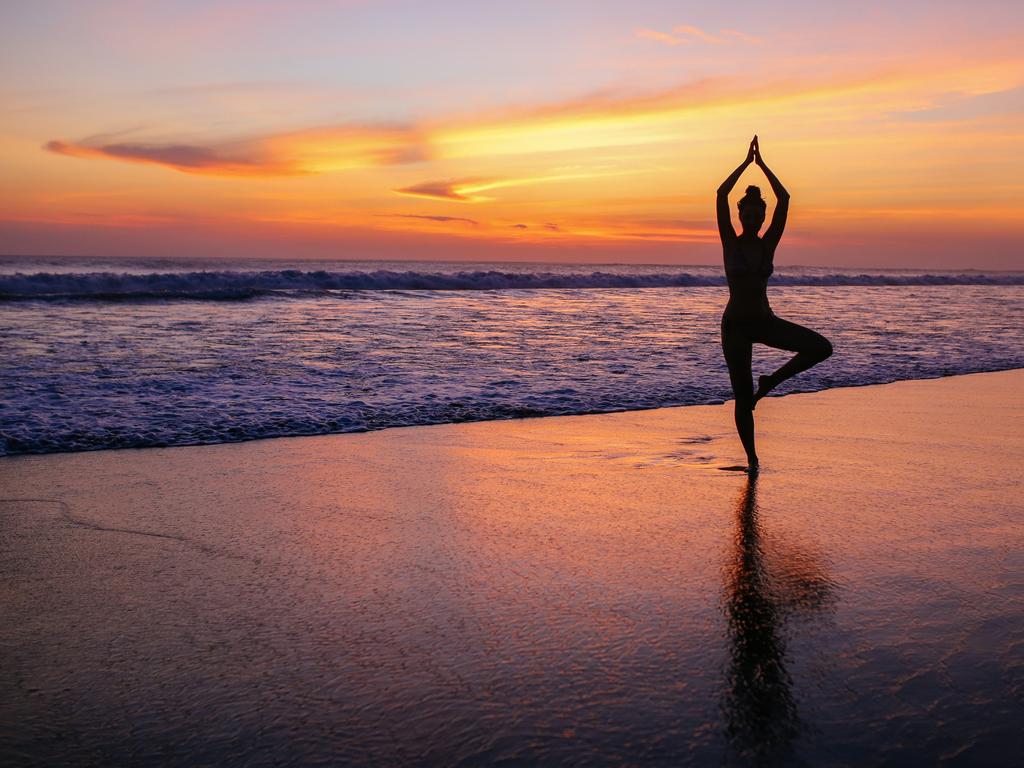
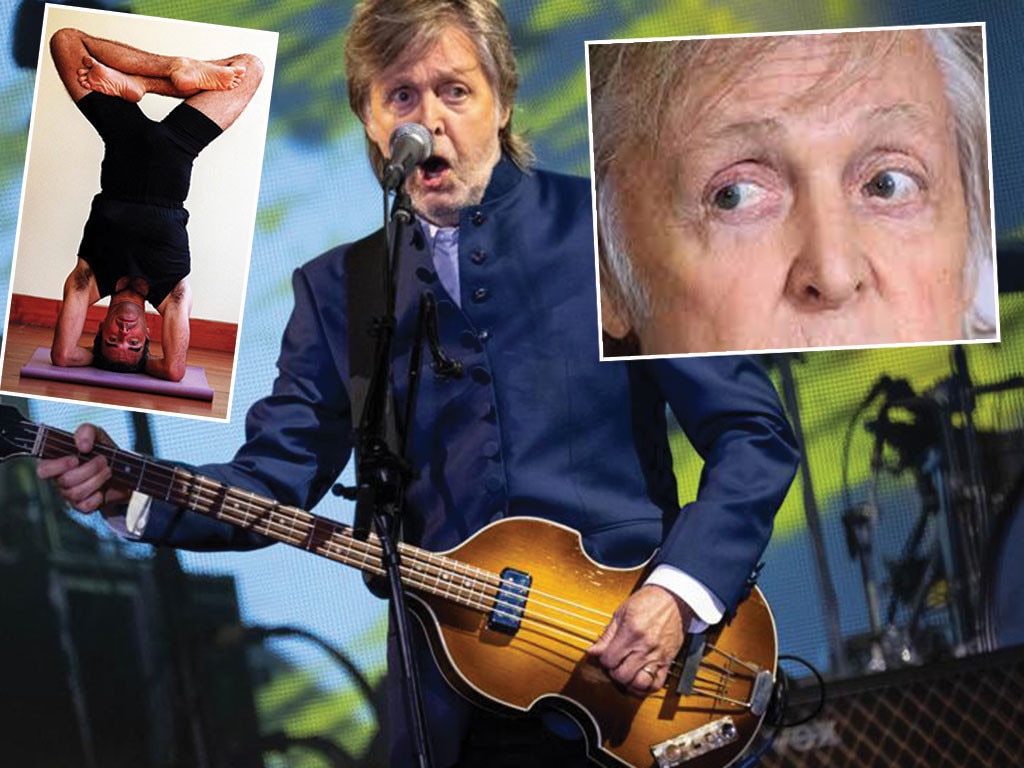
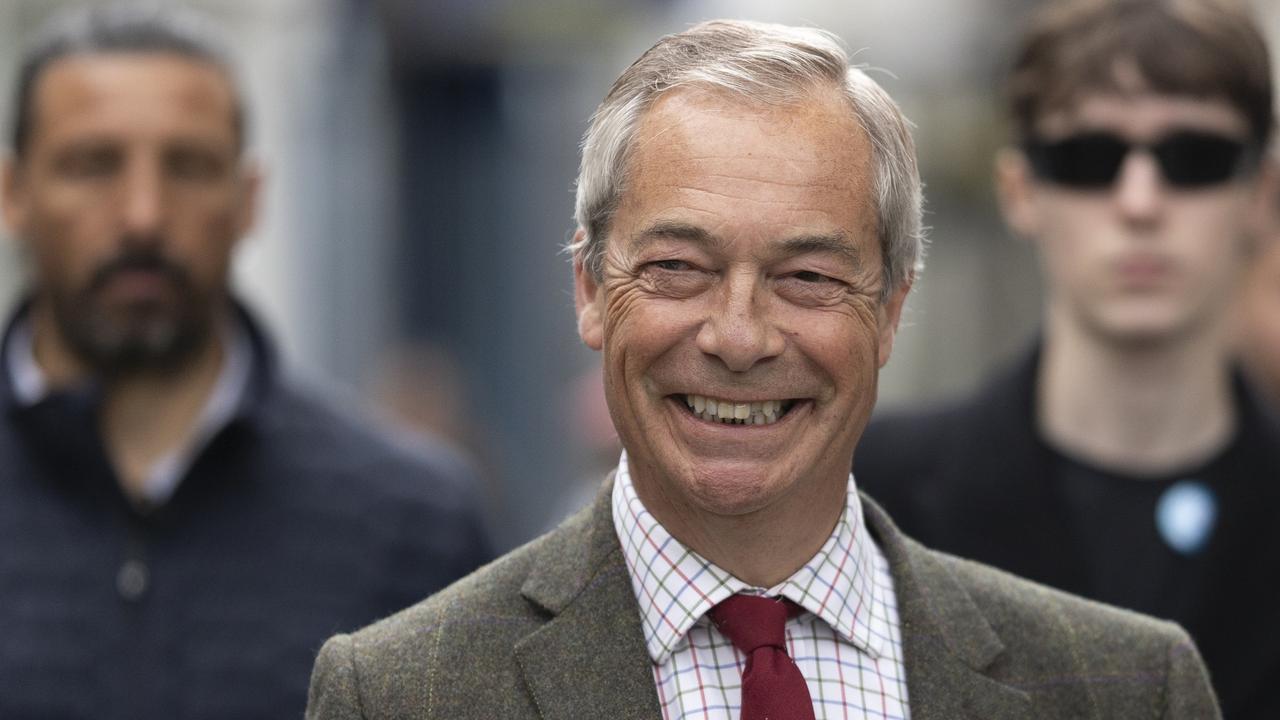
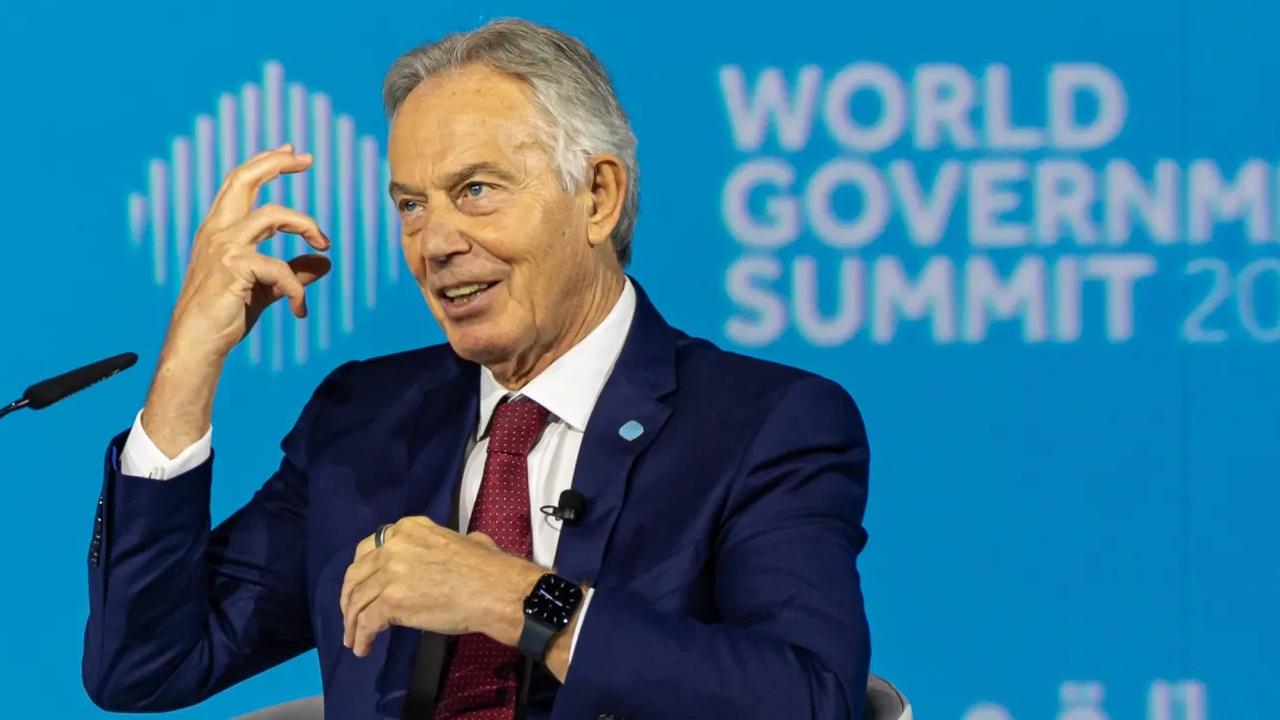
To join the conversation, please log in. Don't have an account? Register
Join the conversation, you are commenting as Logout